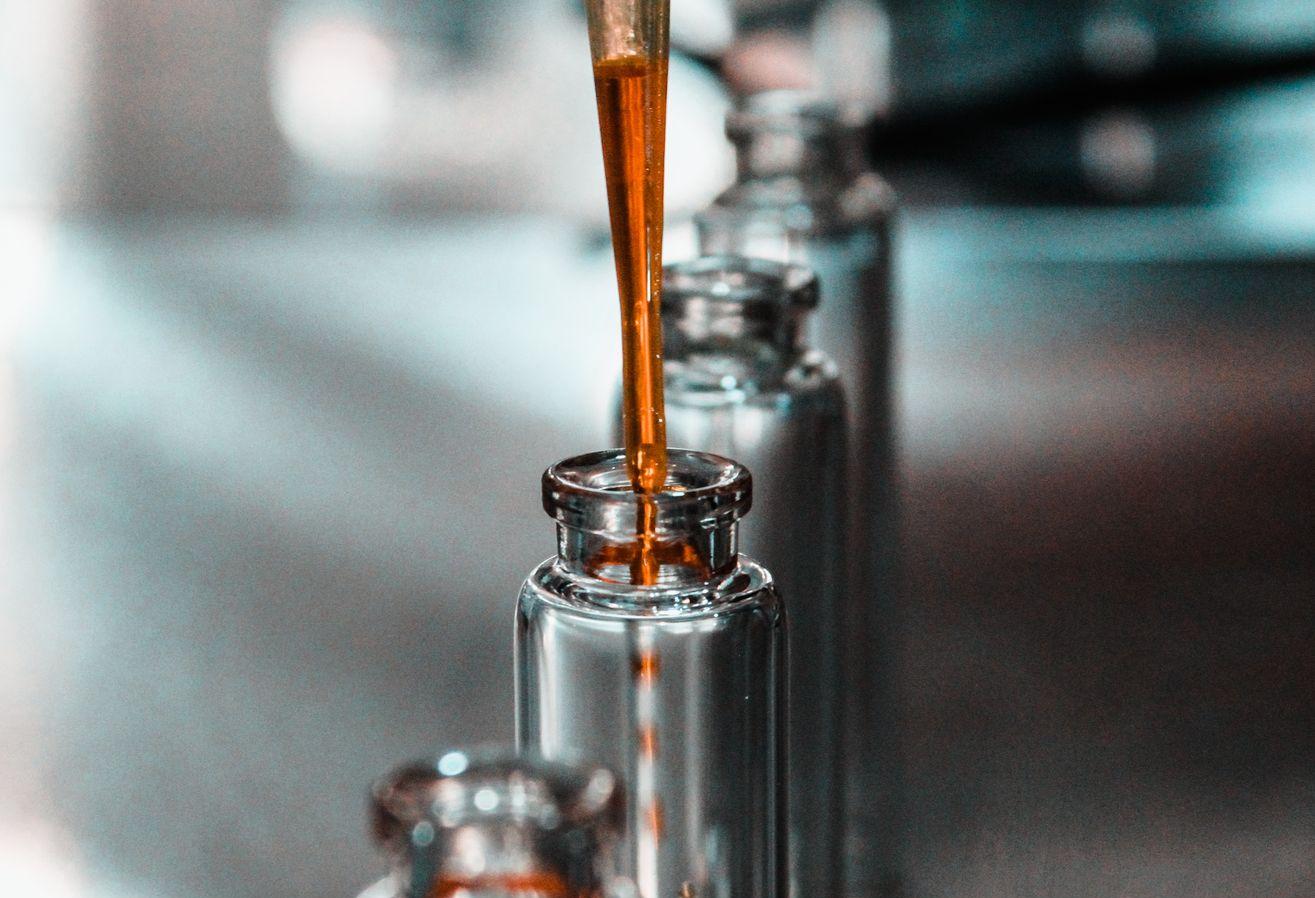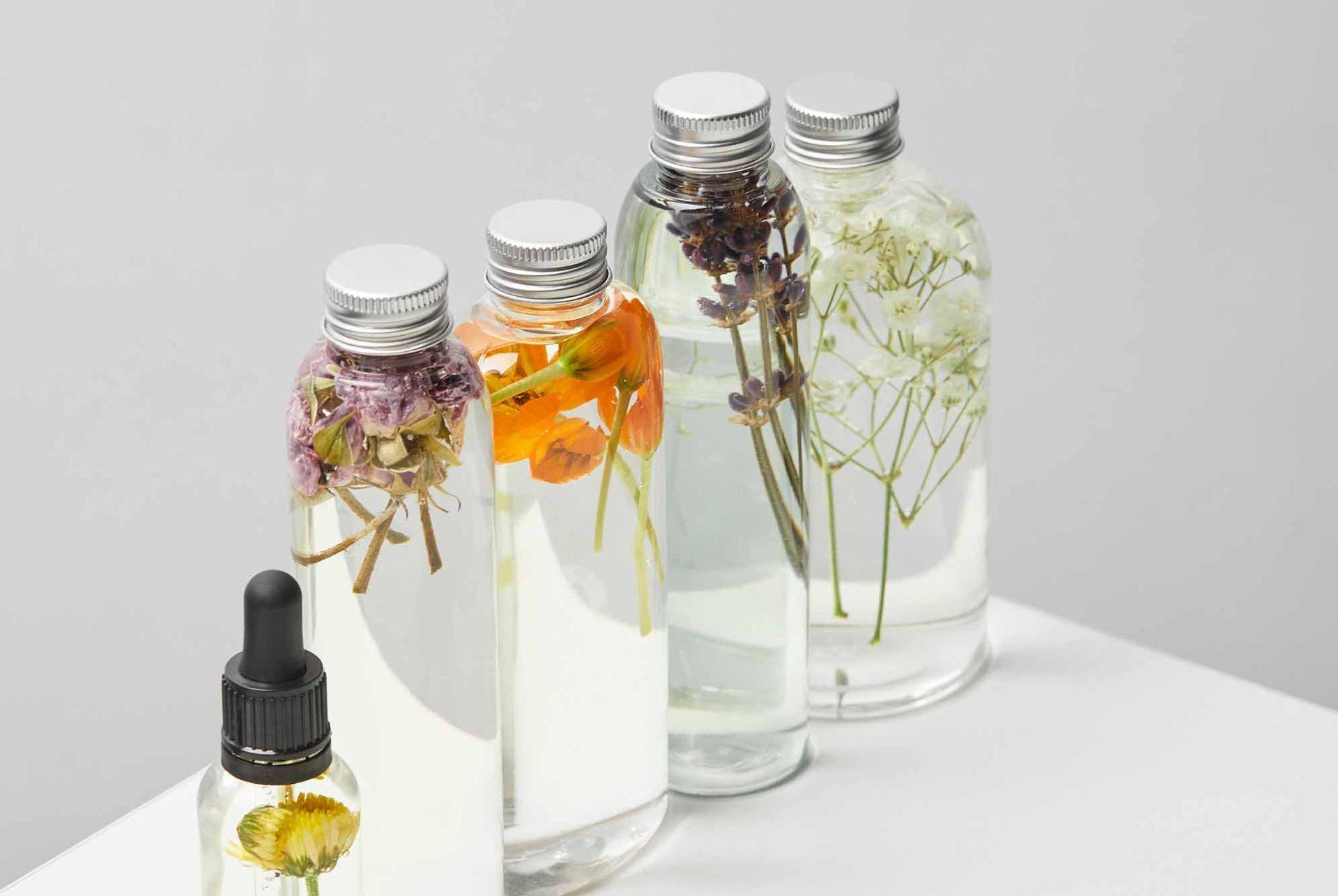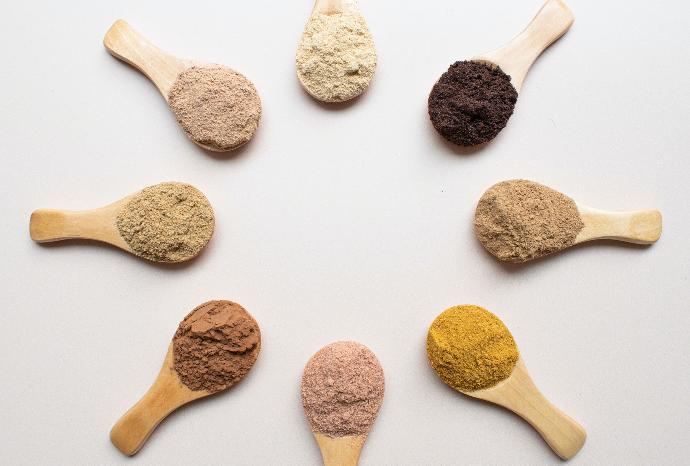Description
Raw materials can contribute significantly to microbial contamination of the finished cosmetic, especially those of natural origin; therefore, microbiological testing of raw materials is essential.
In addition, as a quality control, several physical, chemical and organoleptic analyses are carried out to obtain information about the quality of the cosmetic.
When ?
This type of analysis is not mandatory for a cosmetics manufacturer. However, we suggest that, as raw materials are microbiologically sensitive, they should be subjected to microbiological analysis prior to cosmetic production. A raw material with a high microbial contamination load compromises the ability to meet the microbiological limits set according to ISO 17516 in the finished cosmetic.
How to do it ?
Microbiological analysis is based on the enumeration of mesophilic aerobic micro-organisms and the determination of the absence of specific micro-organisms:
- Counting of mesophilic aerobic microorganisms according to ISO 16212: we check whether your product contains aerobic bacteria and yeasts/moulds and, if so, whether it complies with the microbiological limits according to ISO 17516.
Pathogen test according to ISO 21150/22718/22717/18416/18415 mentioned above: the final product must be free of these pathogens:
- E. coli (ISO 21150)
- Staphylococcus aureus (ISO 22718)
- Pseudomonas aeruginosa (ISO 22717)
- Candida abicans (ISO 18416)



